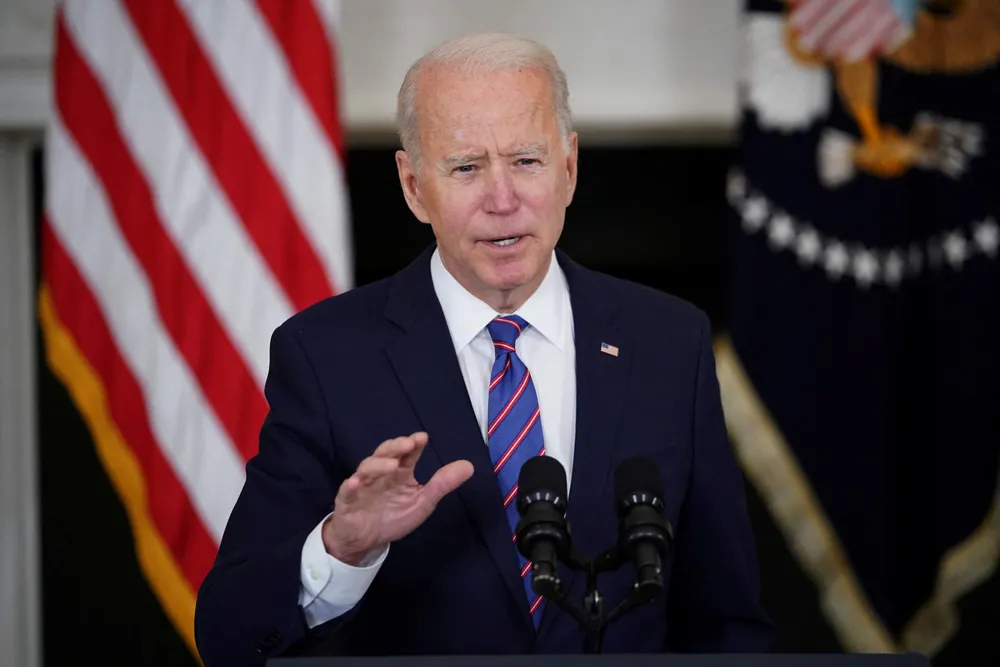Fossil fuel subsidies among targets of Biden's $2.3 trillion infrastructure plan
US President's clean infrastructure plan seeks right formula for creating jobs and fostering transition toward cleaner economy

US President's clean infrastructure plan seeks right formula for creating jobs and fostering transition toward cleaner economy
